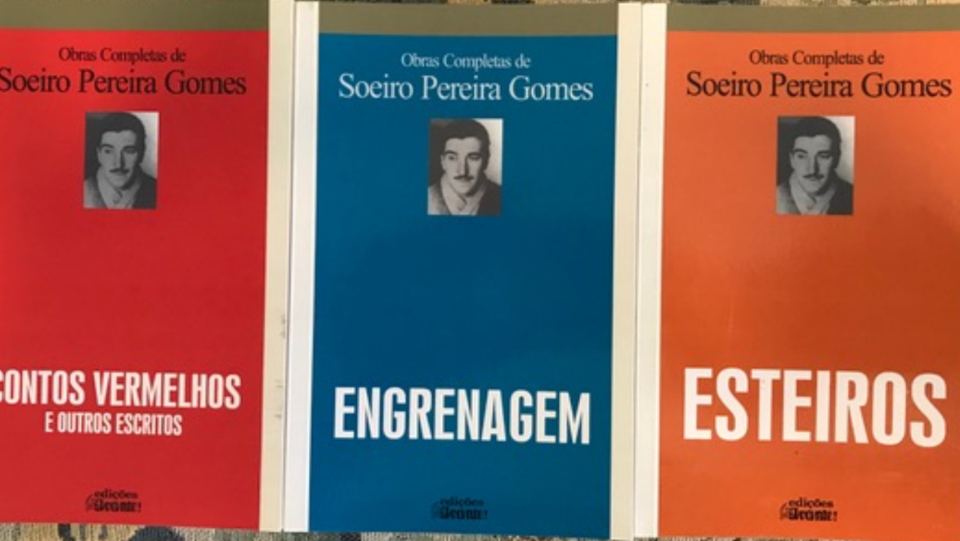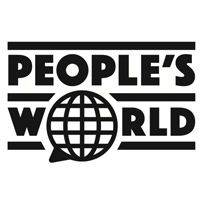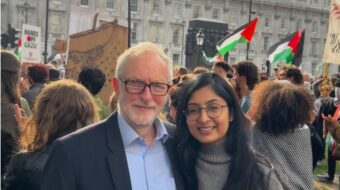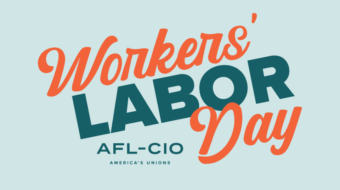
What is the proper role of fiction in societies fighting for basic rights, fair labor practices, and human dignity?
The Portuguese Communist Party held a conference on that very subject, called “Neo-realism: Cultural Expression of a People in Struggle.”

An engaged audience filled the auditorium of the Museum of Neo-Realism, in Vila Franca de Xira, to delve into the importance of Neo-realism as a literary strategy for peoples demanding social justice. Over long years, many communist militants in their respective lands made dedicated and creative contributions toward the development of this literary genre. In the past such writing was labeled “Socialist Realism,” which acquired a reputation for being imposed from above and thereby wooden and didactic, though the best of the writers in this mold were able to soar above these limitations. More recently the term has been updated as “Neo-realism.”
Commentary by Domingos Lobo, writer and literary critic, Carina Infante do Carmo, researcher in the field of literature, and Cristina Pratas Cruzeiro, researcher in art history, showed the multifaceted aspects of this artistic expression and its profound esthetic, social and political impact. In the Portuguese context, the fiction of Álvaro Cunhal Tiago may be the best-known example of Neo-realism (search his pen name “Manuel Tiago” on the People’s World homepage to find numerous interviews and reviews).
In the closing remarks of the session, Jerónimo de Sousa, Secretary General of the PCP, mentioned that Portuguese Neo-realism was born and emerged out of the need to give voice to those who are humiliated and suppressed in different economic sectors. The first works focused on the world of the rural proletariat, particularly the exploitation of labor from dawn to dusk on the latifundia, the large land holdings, where the structure of agrarian activity and the methods of this activity were almost feudal. Then writers began paying attention to the incipient industry that was starting to establish itself in the belts around the big cities. De Sousa went on to mention that as the genre evolved, its reflection and voice would soon also include those in the city who were equally victims of exploitation and capitalist usury.
The lives of the poorest, of exploited workers denied their rights, living on miserable wages and watching their children condemned to the same misery, was the central theme of the Neo-realist esthetic. It was those early Neo-realist creators who showed us the harsh reality of the almost subhuman conditions in which working people lived and struggled at the time. Neo-realism was an artistic expression that exposed the social inequalities in a raw way, and in a context in which the class struggle was expanding throughout the country. The protagonist was clearly, as the principles of Neo-realism insisted, not the lone individual but the collective.
There is obviously much in this discussion that can apply to creative artists in all mediums, not just writers, in any country.
(Translated, adapted and introduced by Eric A. Gordon, from the PCP cultural magazine Esteiro, September 2022. The session was held on April 8.)










